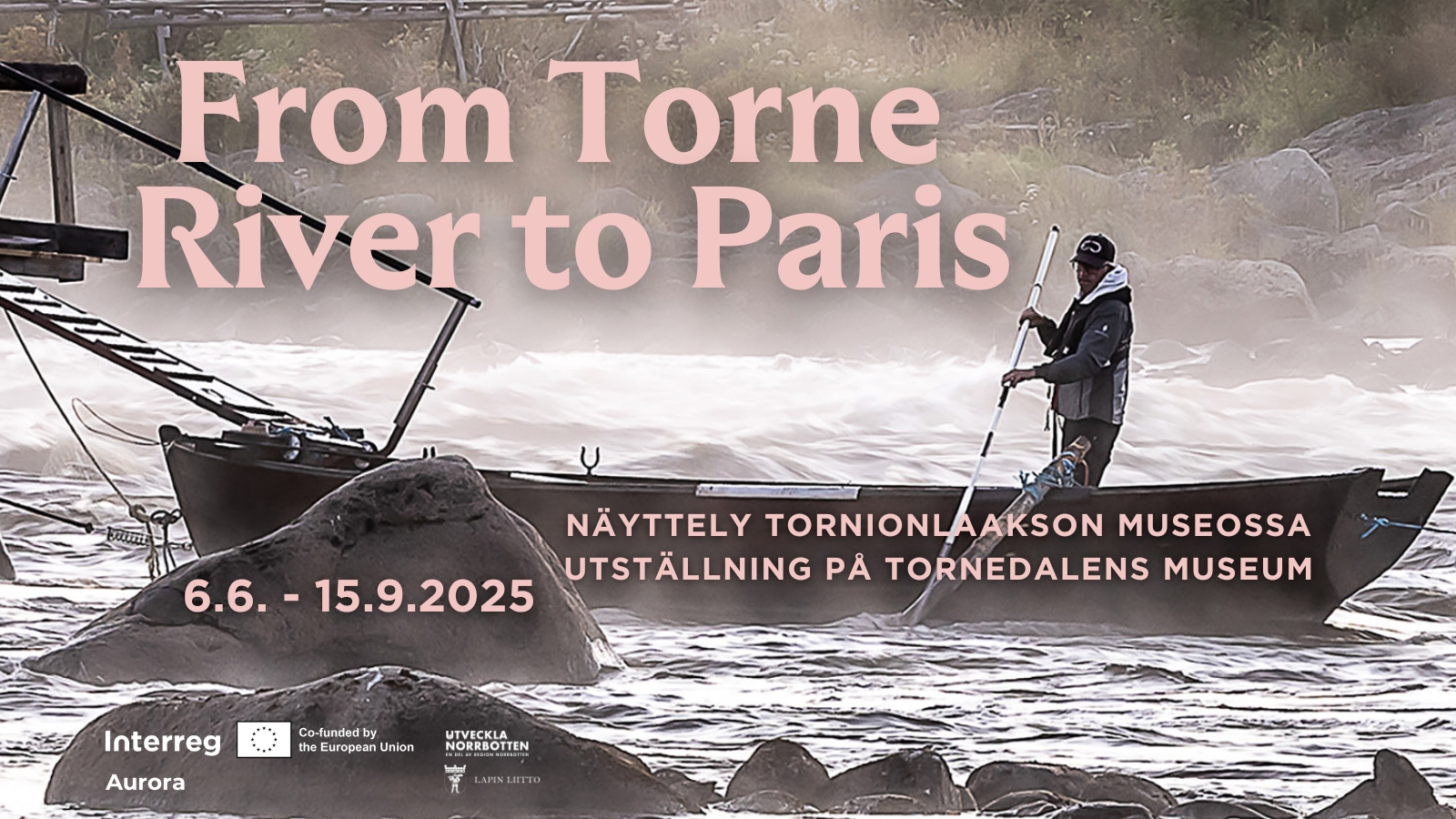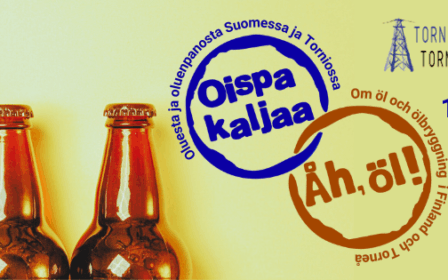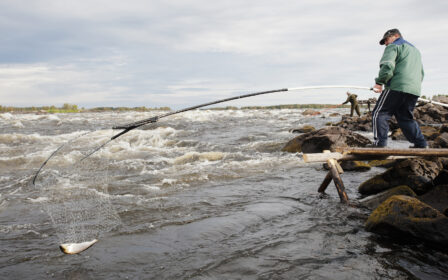A new temporary exhibition titled From Torne River to Paris – Dipnet Fishing on Its Way to UNESCO / Håvfiske på väg till UNESCO has opened at the Museum of Torne Valley.
The exhibition is open at the Museum of Torne Valley from June 5 to September 15, 2025.
The exhibition showcases the cross-border dipnet fishing culture of the Torne River and its journey toward being inscribed on UNESCO’s Representative List of the Intangible Cultural Heritage of Humanity in 2026. It has been designed to present the joint nomination submitted by the Ministers of Culture of Sweden and Finland. The application was signed and sent to UNESCO’s headquarters in Paris in March 2025 for consideration and approval.
“The exhibition beautifully captures the key elements of the dipnet fishing tradition and illustrates how this shared, borderless cultural heritage is being brought to international attention,” says Museum Director Titta Kallio-Seppä.
The exhibition is based on the UNESCO nomination file and features:
- The official nomination form responses
- A curated collection of ten photographs
- A 15-minute documentary video introducing the tradition (produced by Brightnest)
- Support letters for the UNESCO nomination from 28 local community members – the voices of those for whom dipnet fishing remains a living tradition
The exhibition also illustrates the differences between intangible cultural heritage, World Heritage Sites, and other UNESCO listings. It highlights additional Finnish and Swedish elements already included in UNESCO’s heritage lists.
The primary language of the exhibition is English. All exhibition texts are also available in printed booklet form in Swedish, Finnish, and Meänkieli. The exhibition is a production of the Tornio Valley Museum.
What is UNESCO?
UNESCO is the United Nations Educational, Scientific and Cultural Organization. It promotes education, cultural diversity, freedom, and peace.
UNESCO’s heritage lists aim to safeguard humanity’s cultural legacy:
- The World Heritage List focuses on buildings, landscapes, and archaeological sites.
- The Intangible Cultural Heritage List preserves living heritage: traditions, skills, and practices passed from one generation to the next.
- The Memory of the World Register protects documentary and audiovisual heritage.
The exhibition is part of the Torne Valley Dipnet Culture project (Interreg Aurora, Regional Council of Lapland, Region Norrbotten).


